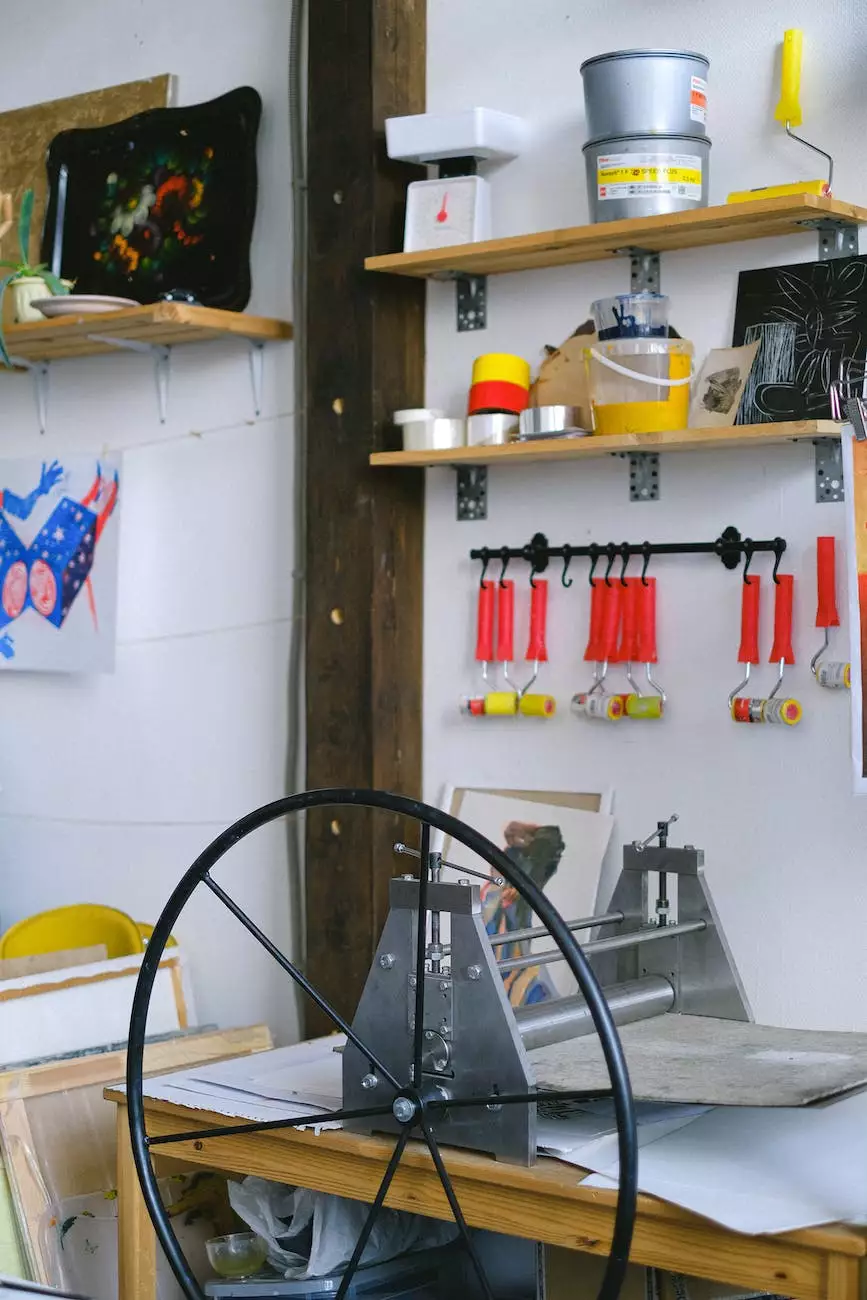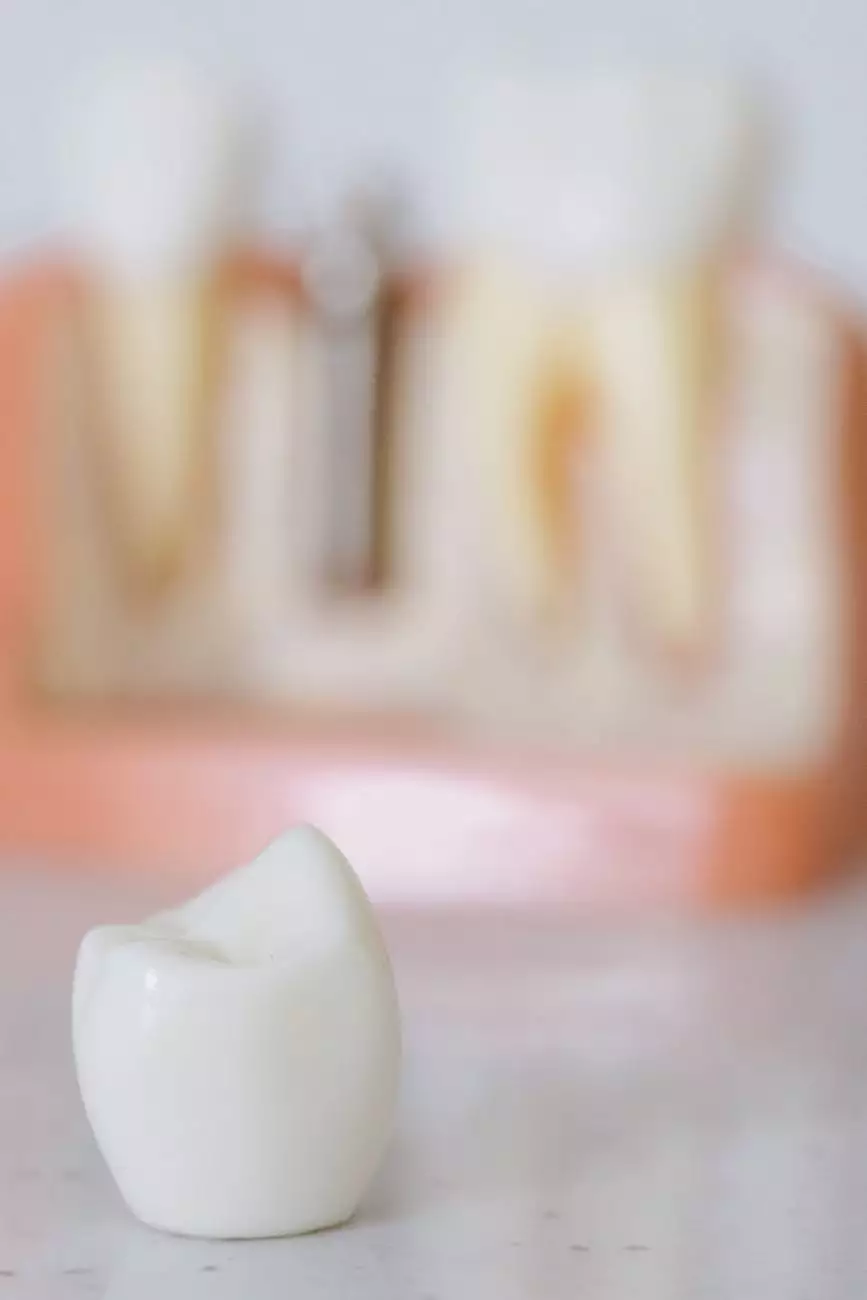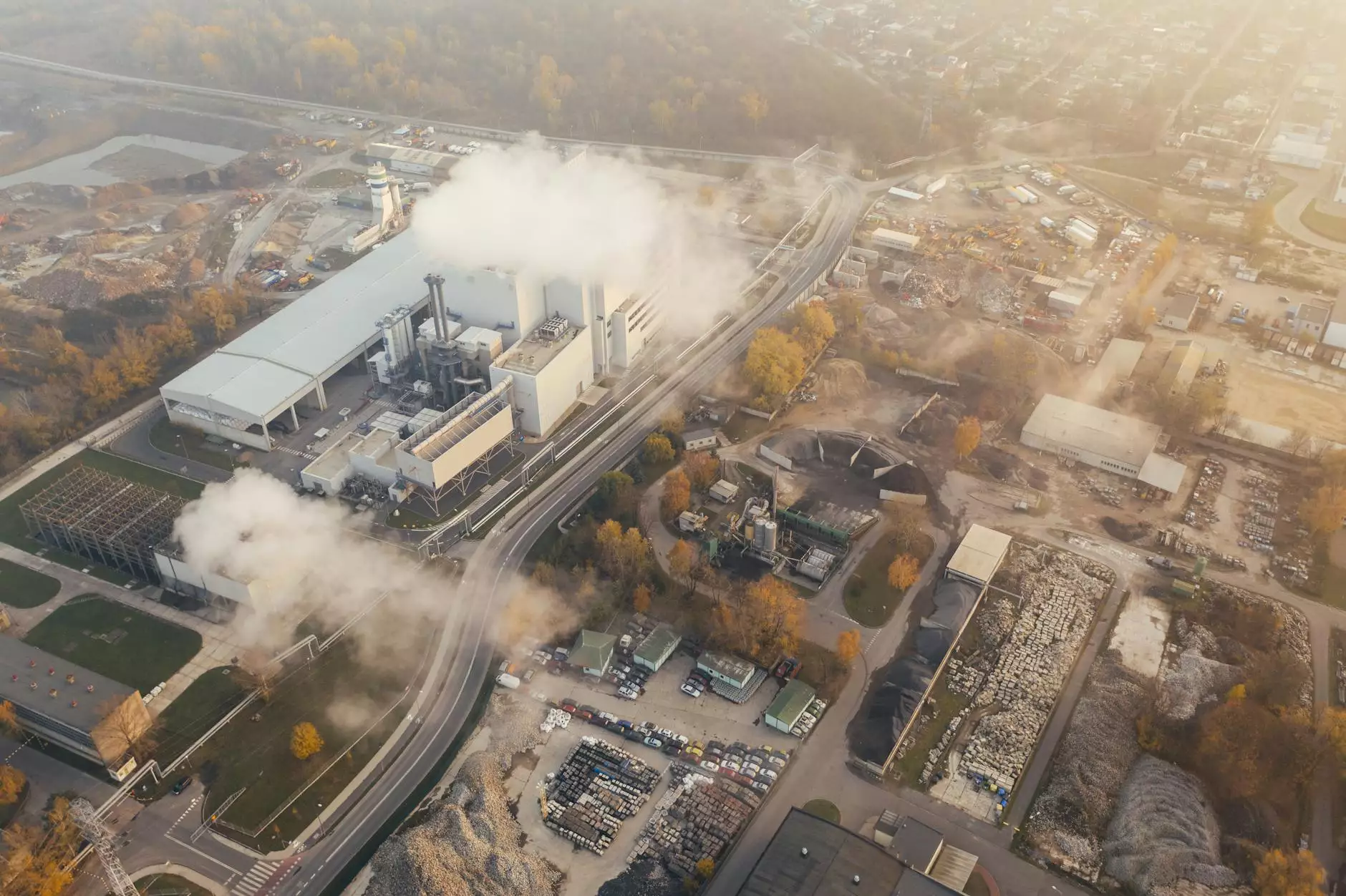Additive Manufacturing And 3D Printing, What's The Difference
Blog
Introduction
Welcome to Plastic Molding Pros, your reliable source of information on additive manufacturing and 3D printing. In this article, we will delve into the fascinating world of these advanced manufacturing techniques, exploring their differences, capabilities, and applications.
Understanding Additive Manufacturing
At its core, additive manufacturing refers to the process of creating three-dimensional objects by adding successive layers of material. It is sometimes interchangeably used with 3D printing, but there are subtle differences between the two.
With additive manufacturing, a digital model is turned into a physical object by using various techniques such as Fused Deposition Modeling (FDM), Selective Laser Sintering (SLS), or Stereolithography (SLA). These methods allow for precise control and customization, making it an ideal choice for prototyping, product development, and rapid manufacturing.
Exploring 3D Printing
3D printing, on the other hand, is a subset of additive manufacturing. It specifically refers to the process of creating objects by extruding material layer by layer through a nozzle. This nozzle, controlled by a computer, precisely deposits the material based on the object's digital design.
While similar to additive manufacturing, 3D printing generally focuses on consumer-grade or lower-cost machines that can be utilized in a home or small business environment. 3D printing has gained popularity among hobbyists, educators, and enthusiasts due to its accessibility and ease of use.
Key Differences
Although additive manufacturing and 3D printing share a common goal of creating three-dimensional objects, their differences lie in various factors, including:
Technological Approach
Additive manufacturing encompasses a broader range of techniques, including 3D printing, as mentioned earlier, but also other methods like powder-based methods, binder jetting, and more. These techniques offer different advantages and are applicable in different scenarios.
Precision and Complexity
Additive manufacturing, with its advanced technologies, often surpasses the precision and complexity achievable through traditional manufacturing methods. The capabilities of additive manufacturing machines enable the production of intricate geometries and the inclusion of internal structures, making it ideal for complex designs.
Materials
While 3D printing commonly utilizes thermoplastics, such as PLA or ABS, additive manufacturing allows for a broader range of materials. These materials include metals, ceramics, glass, composites, and even biocompatible or bioresorbable substances, opening up a vast realm of possibilities for various industries.
Applications
The immense potential of additive manufacturing and 3D printing has revolutionized numerous industries, including:
Medical and Healthcare
Additive manufacturing has significantly contributed to advancements in prosthetics, implants, and surgical instruments. The ability to create patient-specific medical devices has greatly improved patient outcomes, reducing risks and increasing overall efficiency.
Aerospace and Defense
The aerospace and defense sectors benefit from additive manufacturing's ability to produce lightweight, high-strength parts while reducing material waste. Complex geometries can be easily achieved, enabling the creation of optimized designs and streamlined production processes.
Automotive
Automotive manufacturers leverage additive manufacturing to produce customized parts, reduce assembly steps, and enhance vehicle performance. Prototyping and rapid tooling also benefit from the flexibility and cost efficiency of 3D printing technologies.
Architecture and Construction
The architectural and construction industries are exploring additive manufacturing's potential in creating intricate building components, optimizing material usage, and enabling complex designs that were previously difficult to achieve with traditional construction methods.
Conclusion
In summary, additive manufacturing and 3D printing are closely related but have distinct differences. While additive manufacturing encompasses a broader range of techniques, 3D printing is a subset that focuses on consumer-grade machines. Understanding their unique characteristics empowers businesses and industries to harness the full potential of these advanced manufacturing technologies in various applications.
Plastic Molding Pros is dedicated to providing valuable insights and resources about additive manufacturing, 3D printing, and other manufacturing techniques. Stay tuned for more informative content and explore the possibilities of advanced manufacturing with us!










